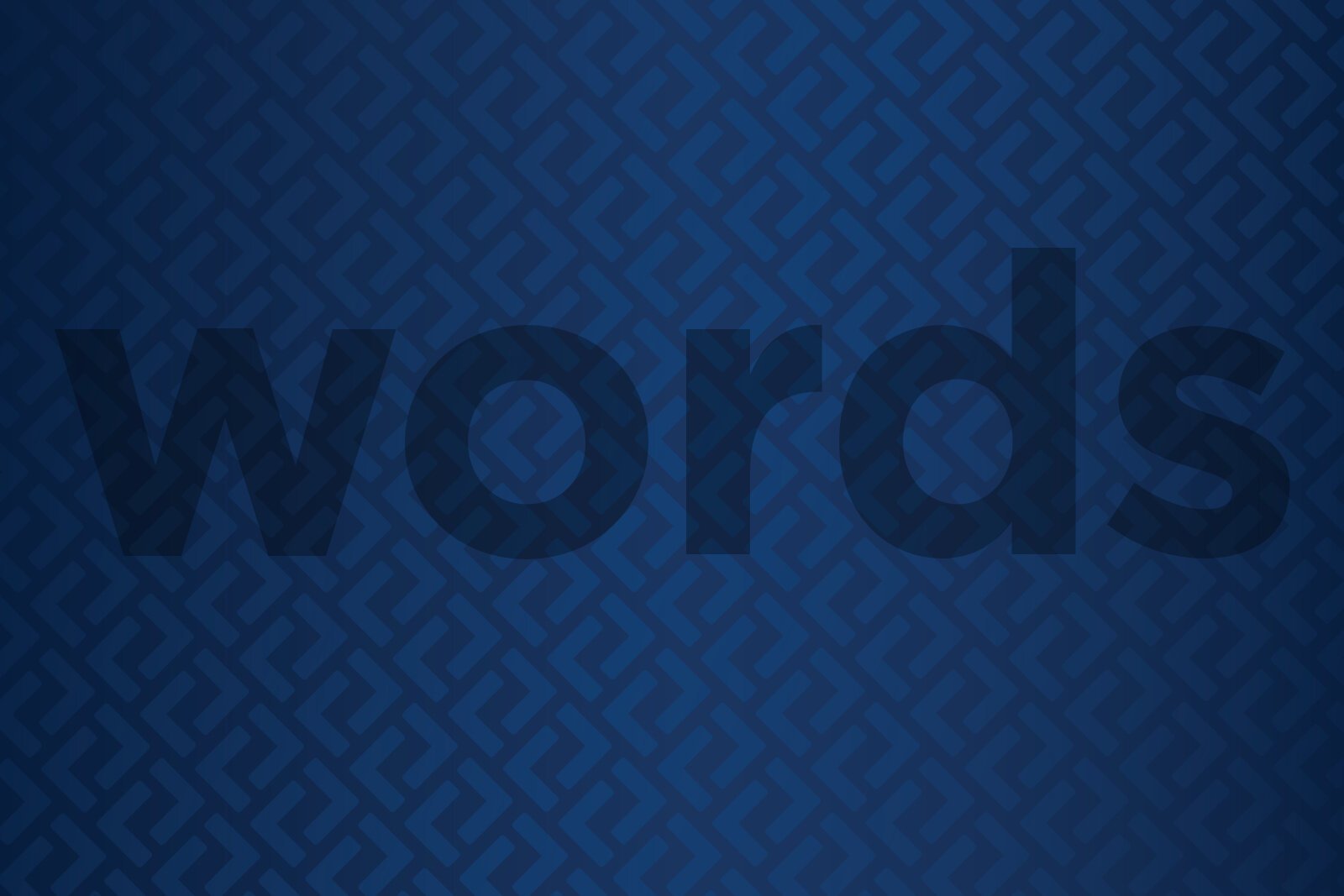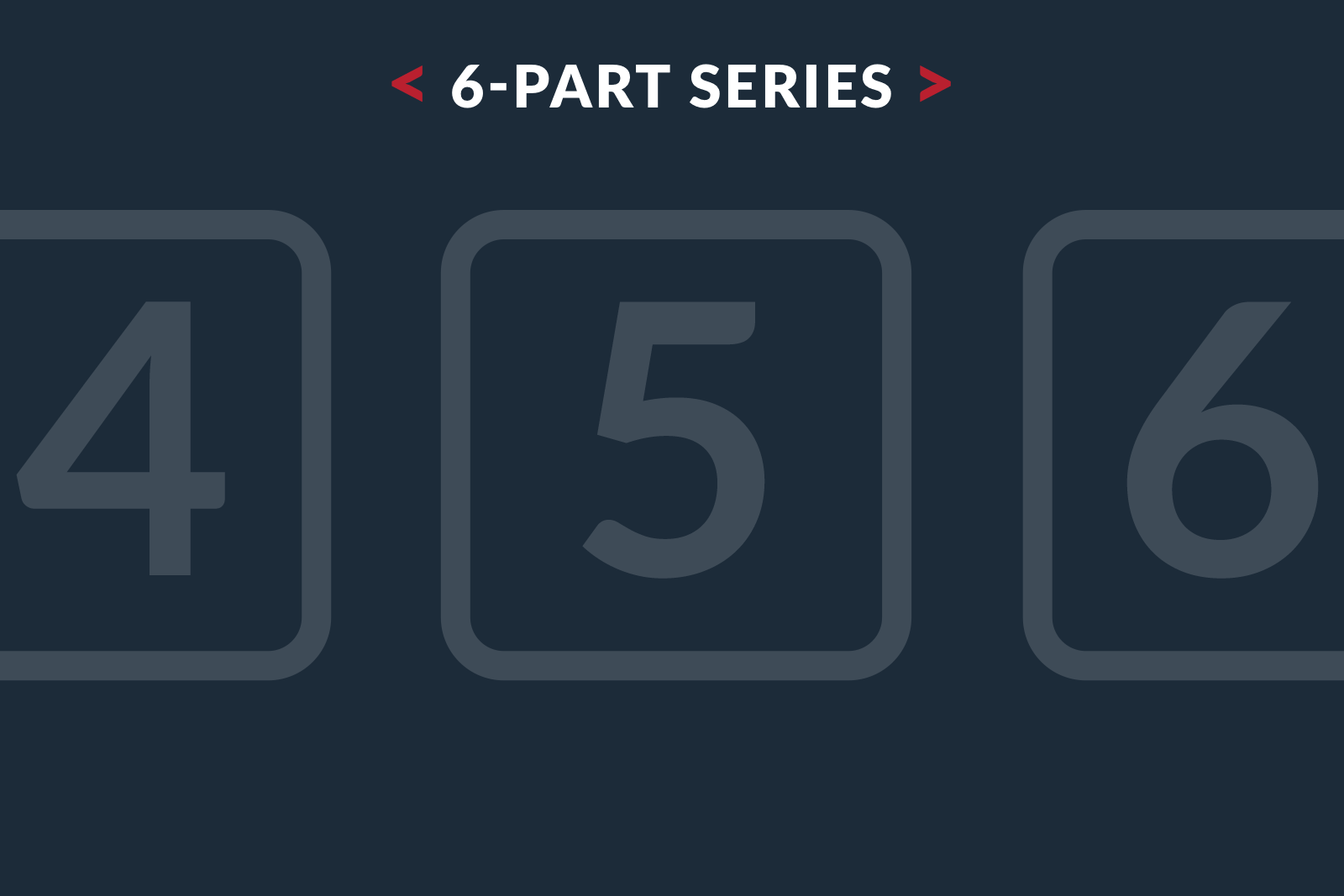A Good Word for Everybody

You don’t have to look too far to find racist and sexist advertising. Recent high-profile examples include a Dolce & Gabbana ad featuring a Chinese model trying to eat Italian pasta with chopsticks and a Peloton spot depicting a husband gifting his wife a stationary bike and all that present implied.
Thankfully, most ad agencies don’t produce such blatantly clueless ads. But it’s probably less obvious how hard marketers must work to avoid inherent bias in everyday ad and communications copy. Many common expressions and constructions reflect, and even boost, problematic assumptions about others.
Overlook such dubious language and suddenly your brand is thoughtlessly offering up stereotypes or sexist, racist, xenophobic, homophobic, transphobic, fatphobic, or ableist slurs. And, no doubt, your brand will pay mightily for such an error — in damaging media coverage, via lackluster customer sales, and through a stock market hit. When Peloton’s ad ran in December 2019, for example, its stock suffered a 15 percent drop in price over three days; this represented a $1.5 billion loss.
For want of a better word
Let’s take a step back: It’s probably fair to say that those of us who work in marketing understand that words carry layers of meaning. We already grasp that what your brand says to your customers — and how it’s said — directly impacts your brand’s reputation and bottom line. Today, though, we need to work harder to acknowledge, identify, and eliminate words and phrases that convey inequitable assumptions and assertions.
One clear example of bias in language is gendered job descriptions. Decades ago feminists worked to heighten our sensitivity to gender assumptions behind words like salesman, mailman, and stewardess, which offer implicit beliefs about who holds those jobs. To varying degrees of success, common use has moved toward gender-neutral options, such as salesperson, mail carrier, and flight attendant.
Then there are words that, intentional or not, denigrate others openly or slyly. Either way, such terms are weapons of aggression used against often already stigmatized individuals in marginalized groups. Looking past the harm such language can wreak, those constructions can boomerang back at their users, who can internalize those incorrect assumptions and limiting attitudes. Or in the case of advertising, such usages can quickly mark a brand as racist, sexist, sizeist, ableist, etc.
Language that fails to acknowledge or denigrates others — again, intentionally or not — creates an exclusionary atmosphere. But staying conscious of and working to eliminate bias in language take us, as individuals and companies, closer to representing the values of diversity, equity, and inclusion (DEI).
In other words
As copyeditors, a key aspect of our work — both for our agency and our clients — is remaining cognizant and vigilant about all aspects of language. At the most basic level, that means we’re versed in (and enthusiastic about) details of grammar and usage. We keep a close eye on clarity and concision, and stay on top of client-specific style and usage. But perhaps most importantly, we’re alert to potentially damaging and unintended meanings. Lately, we’ve been focusing on three topics — pronouns, problematic idioms, and ableist language — to help eliminate bias in language and to ensure the best-possible messaging for our clients and their customers.
1. Pronouns
As a society we’ve had practice replacing fireman with firefighter. Now we need to push beyond obvious fixes to more embedded issues of language bias. One example is the increasing effort to allow individuals to define their chosen personal pronouns or neopronouns (e.g., she/her/hers, he/him/his, they/them/theirs, and ze/zir) as part of verbal introductions, on nametags at events, and in email footers. Paying attention to self-selected personal pronouns helps avoid causing offense or making individuals who identify as intersex, transgender, or nonbinary feel erased at best and harassed at worst.
One way this issue comes up is in explanatory copy for terms and conditions, e.g., “a member can use his or her points.” This construction is a more inclusive option than the former use of male pronouns as the neutral stand-in for everyone, as in “a member can use his points.” However, “his or her” is a binary that acknowledges only two options — male or female. So for those who don’t identify as male or female, it can feel like the language isn’t speaking to them. In this case, we recommend revising. A plural construction is a simple way to do that: “Members can use their points.” When that’s not possible — though usually it is — we advocate for the singular “they,” a usage that’s gained acceptance in mainstream style guides (such as the AP Stylebook): “A member can use their points.”
2. Idioms with baggage
Conversational American English relies on idioms, sayings that illustrate an idea beyond the meaning of individual words — for example, “cool as a cucumber” or “raining cats and dogs.” But a number of common words and idioms, even some that may seem innocuous to contemporary ears — e.g., “peanut gallery” and “no can do” — are built on historical racist assumptions.
Consider reviewing the resources below to learn more. This list is hardly exhaustive — an internet search will return many other articles and posts.
-
“20 Things You’re Saying That You Didn’t Know Were Offensive,” by Morgan Greenwald
-
“12 Racist and Offensive Phrases that People Still Use All the Time,” by Christina Sterbenz and Dominic-Madori Davis
-
“These 11 Everyday Words and Phrases Have Racist and Offensive Backgrounds” by Christopher Cicchiello
3. Ableist language
Many common expressions and terms, including “spaz” and “fall on deaf ears,” reflect negative connotations about disabilities. Again, we recommend delving into the resources offered below as well as the many others you’ll find from an internet search.
-
“Why You Need to Stop Using These Words and Phrases,” by Rakshitha Arni Ravishankar
-
“The Harmful Ableist Language You Unknowingly Use,” by Sara Nović
Staying informed and sensitive to language that excludes, offends, or disparages others doesn’t just support DEI goals — it builds empathy for others’ experiences, and that’s always positive. It’s also good business. In this moment of heightened consumer judgment of brand ethics and actions, ensuring inclusivity in your brand communications will help win new prospects and sustain loyal customers.
Karin B. Miller and Wendy Weckwerth are two members of the copyediting team at The Lacek Group, a Minneapolis-based, data-driven loyalty, experience and customer engagement agency that has been delivering personalization for its world-class clients for more than 30 years. The Lacek Group is an Ogilvy company.

